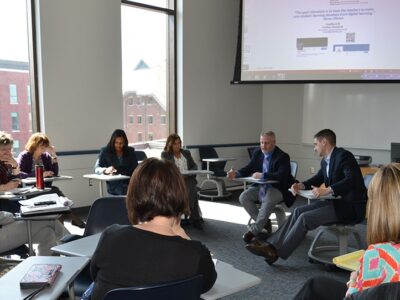At a time when budget cuts are common, the shortage of songs, the size of the greater class and the understanding of the laws governing special education in the United States, is imperative to build an inclusive learning environment for all the students, with these with learning and physical disabilities, with exceptionality. those talented, as well as all children between the two.
The numbers of the National Center for Education Statistics reveal that approximately 70% of students go to primary school and college. The number of children with special educational needs is also upwards.
By focusing on inclusive classrooms, parents and teachers need to understand the legal requirements, as well as the costs of special education in public schools.
What is special education?
Special education involves academic programs to help people mentally, emotionally or physically or physically visually impaired. The program may include children with serious disabilities and those with moderate or light linguistic difficulties, emotional or cognitive disabilities or other deficiencies that hinder learning. In some schools, educators use the best educational applications for kindergartens to give childhood education.
What is the least restrictive learning environment?
The least restrictive environment means that public funding schools need to give students an opportunity to assist regular classrooms as much as possible. Schools must allow special students to participate in a standard learning environment with neuro-typical students.
In some cases, special children with severe disabilities may have to spend time in a special classroom designed to accommodate their particular handicap, with the help of certain educational applications higher than kindergartens. But most of their time, up to 80%, is generally spent in a regular class environment alongside neuro-typical students.
Inclusion of special education
Give all students the opportunity to attend usual classrooms, instructions and learning, is called as inclusion. The term “inclusive class” is more new. It complies with the Rehabilitation Act (1973) as well as the Law on the Education of People with Disabilities (1975). This last legislation has been amended in 2012 to measure the success of special education programs.
Identification of students in special education
Studies have revealed that after the age of seven, it is usually difficult to raise special children to quality level performance. Children with light and extreme mental and physical disabilities have extensive special needs. Educators need to focus on setting up a coherent classroom environment with rhythmic instructions, behavioral management and individualized course plans. The best educational applications for kindergarten can be very useful in this regard. Research has suggested that children with special needs earlier are exposed to these applications, the more they can adapt to ordinary classrooms.
Special needs Children who do not receive early intervention, often give up school at a much higher rate, which can be twice that of neuro-typical students. This ultimately costs society much more than educating them properly.











